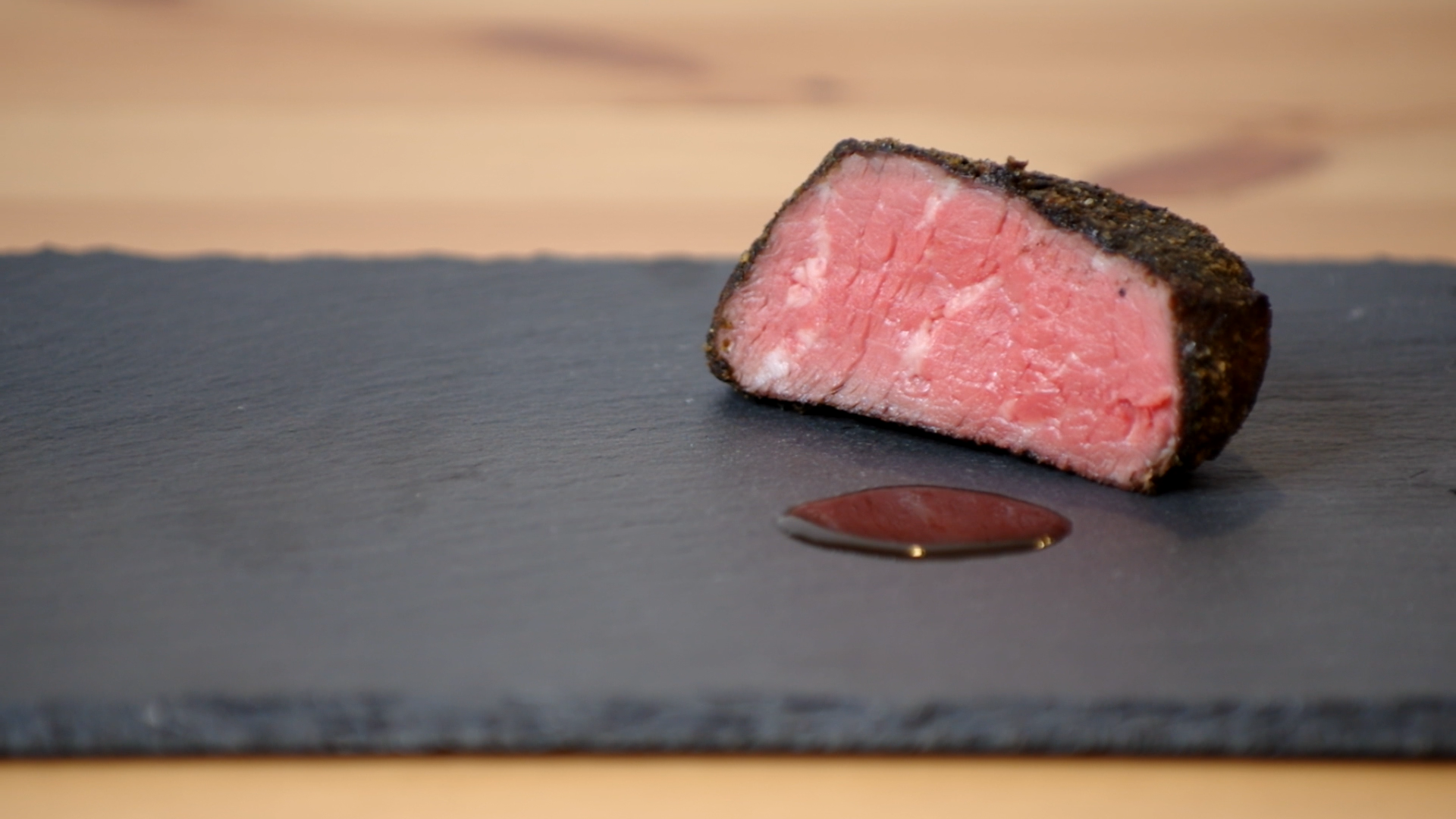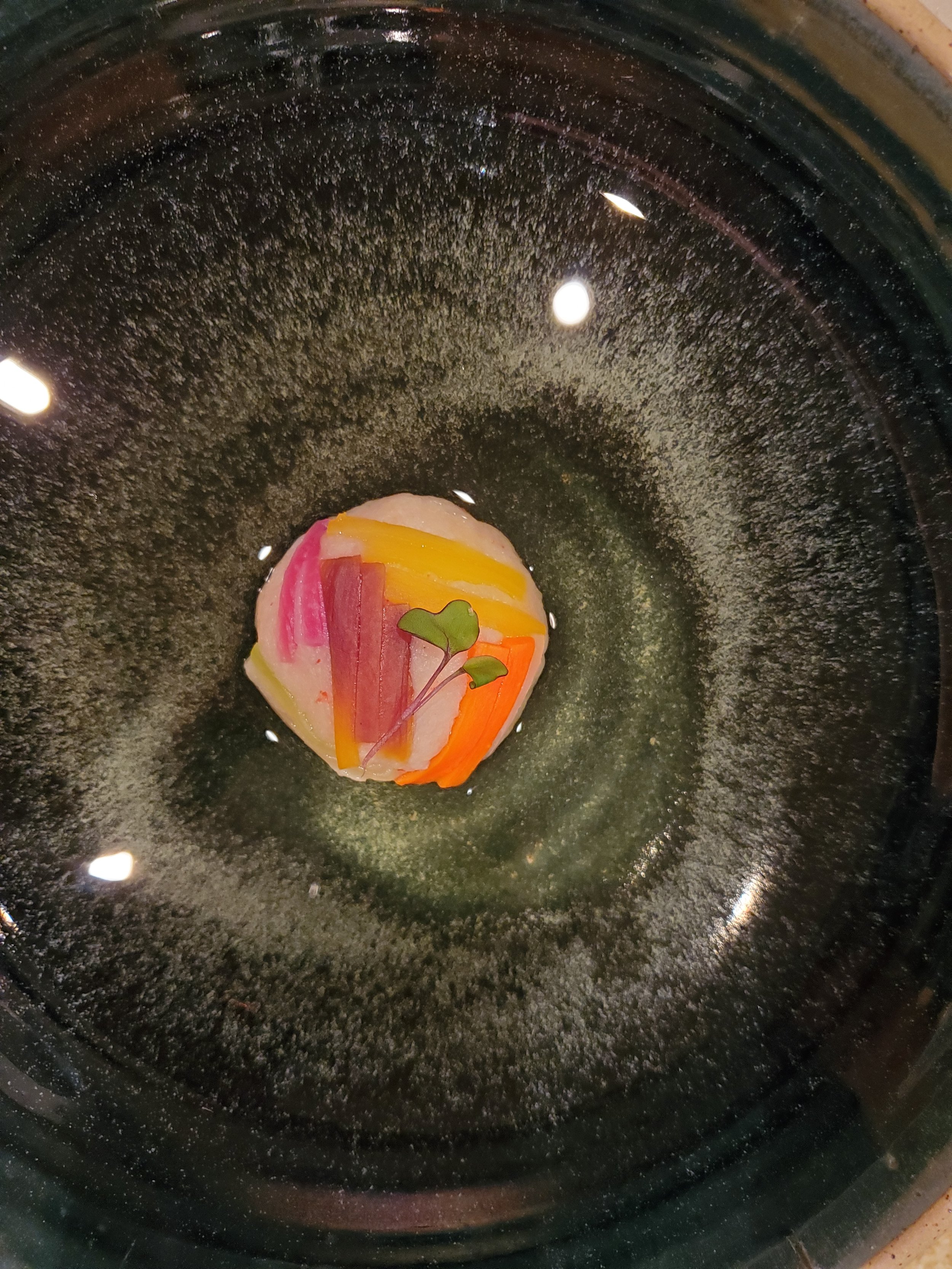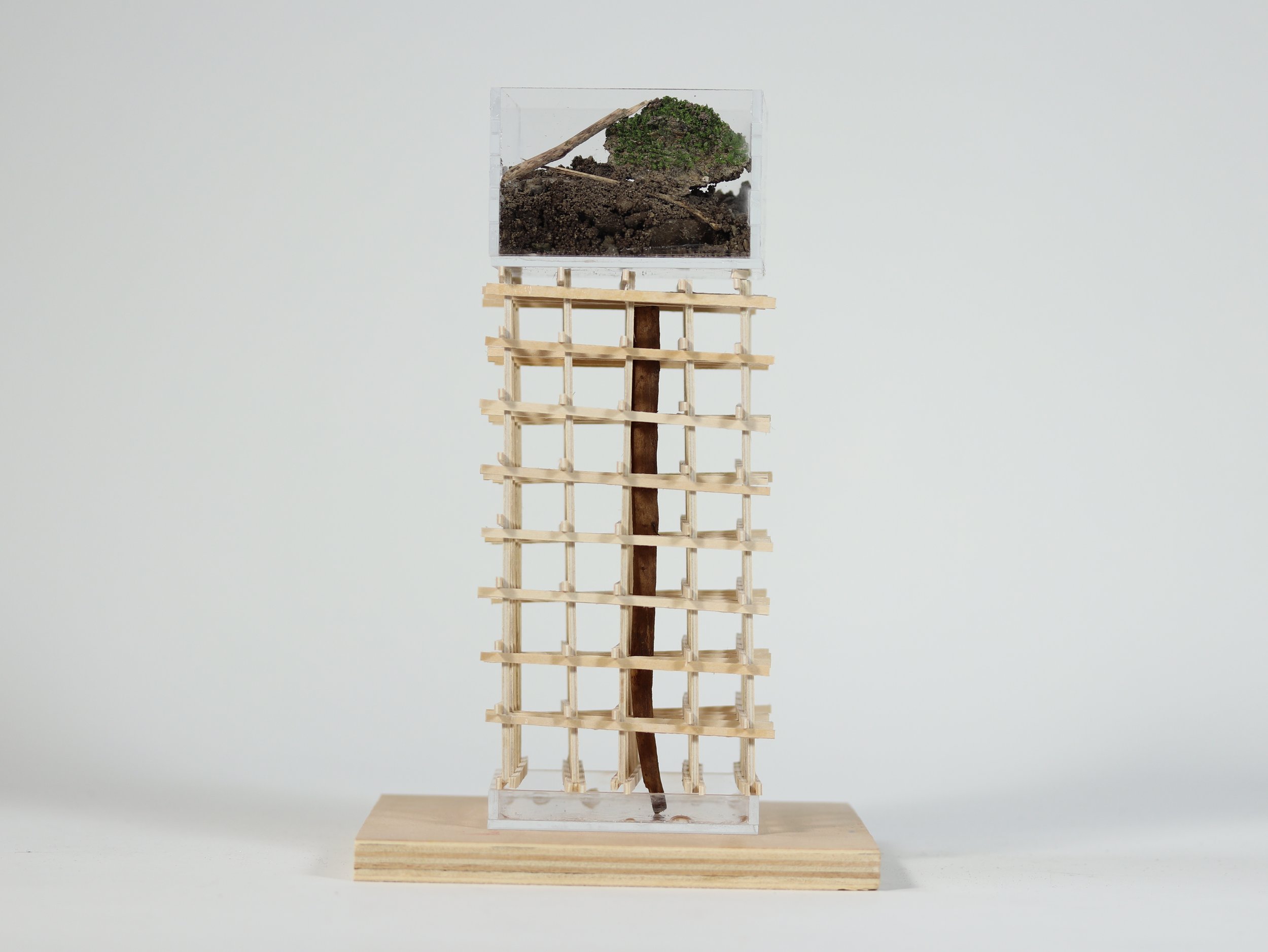Graduate Profile: Working at a top firm in the USA
Matthew Mun landed at a high-profile architecture firm in the United States shortly after graduating from the three-year Master of Architecture program at the Azrieli School of Architecture & Urbanism in 2022.
Like numerous graduates before him, Mun has discovered that architecture skills are portable and a great way of gaining experience working and living in other countries.
"When I graduated, there were definitely options available from different firms," says Mun, 27. "I had internship offers from Olson Kundig in Seattle, WA, and a firm in Tokyo, Japan."
Matthew Mun, MArch 2022
“The work of Olson Kundig engages with the landscape very interestingly, and their approach to context aligns with my approach,” he says.
He gladly accepted the offer from Olson Kundig, recognized by Architectural Digest magazine as one of the world's 100 most influential design firms.
In January 2023, he starts a permanent position as a junior architectural designer at the firm's Seattle office, having completed the six-month paid internship.
"I'm extremely grateful for the opportunity and have learned a lot working in the United States," he says. "I hope to continue in the architecture field and design as best I can."
Mun, who grew up in Edmonton, AB, also holds a Bachelor of Science in Civil Engineering from the University of Alberta.
Project by Olson Kundig: Cabin at Longbranch, Longbranch, Washington, USA. Photographer: Kevin Scott/Olson Kundig
He had identified Olson Kundig in the Pacific Northwest as a place where he wanted to work after researching online and speaking to peers about the offices that interested them.
“I was looking for an architectural firm that had a grasp on conceptual design, encouraging creativity in function and form," he says.
"I applied to Olson Kundig because their process and approach to engaging the environment were interesting to me as well as close to my own approach. I also was interested in their kinetic architecture and wanted to learn more about their practice."
Olson Kundig Office, Seattle, Washington, USA. Photographer: Andrew Pogue
He joins a staff of 275 people in a 19th-century brick manufacturing building in the historic neighbourhood of Seattle's Pioneer Square.
So far, Mun has worked on various residential, commercial, and hospitality projects both locally and internationally.
"I've mainly been working in Revit, some Rhino, and been involved at different stages of the construction process, ranging from schematic design and construction documents," he says.
Martin's Lane Winery, Kelowna, BC, Canada. Project by Olson Kundig. Photographer: Nic Lehoux
Bob Dylan Center, Tulsa, Oklahoma, USA. Project by Olson Kundig
Photographer: Matthew Millman
Before applying to architecture school, Mun studied civil engineering at the University of Alberta, where he focused on construction and structural engineering. He graduated in 2018.
"I took civil engineering because I was curious about structural engineering, and it was in my hometown (Edmonton), so it was easy for me to take in comparison to moving away for architecture. My hometown doesn't have an architecture program."
During his engineering studies, he found himself "gravitating towards the feel and environment of the structures more than the construction and analysis of their components."
Salt Teahouse Exterior: Image from Matthew Mun’s master’s thesis, Meshiagare: Experiential Architecture Through a Japanese Culinary Gaze
A 2017 visit to Japan reinforced his interest in design. "I cannot describe what I felt in exact words, but the Itsukushima Shrine was my most impactful Japanese experience," he recalls. "What stood out for me was not just the structure of the impressive Torii Gate, but the overall feeling of the gate and its engagement with its surroundings."
Mun decided to take the STUDIO FIRST program in the summer of 2018 to explore whether the world of architecture was the right fit for him and develop his artistic and creative abilities.
"STUDIO FIRST gave me an understanding of what it means to design, which has helped through my studies as well as in my early career," he says.
Images from Matthew Mun’s master’s thesis, Meshiagare: Experiential Architecture Through a Japanese Culinary Gaze.
In 2019, he was accepted into the MArch 1 program at Carleton University's school of architecture.
"I didn't have any background in the arts beyond a childhood love of drawing," he says. "So, fabricating, making, drawings, sketching, and aspects that are generally essential to an architectural student were all new experiences for me."
He overcame these challenges with the help of classmates and by communicating his design intentions to instructors. "I was able to keep an open mind and explore ways of representation that I'd never tried before."
School trip to Barcelona, February 2020
Mun describes the three-year Master of Architecture program, which accepts students with undergraduate degrees in any field, as full of variety.
"From my peers to the school itself and the projects we did, I felt like I received a wide range of different perspectives and experiences," he says. "As one of the students not from an undergraduate architectural design background, I felt like we all brought different interests into the group conversation."
The school trip to Barcelona, Spain, in February 2020 was a highlight. "However, the thesis year was also an extremely fun time to explore what you want to design and work through."
Sumi Teahouse Exterior: Image from Matthew Mun’s master’s thesis
Soil Teahouse Exterior: Image from Matthew Mun’s master’s thesis
Guided by thesis supervisor Associate Professor Lisa Moffitt, Mun produced a thesis in 2022 titled Meshiagare: Experiential Architecture Through a Japanese Culinary Gaze.
"My thesis looked at using cooking as a method of designing from afar, focusing specifically on Japanese architecture and cuisine," he says. "This gave me an opportunity to design for a context I was curious about using hands-on experiences of cooking and model making, which I wanted more experience of during my education."
Mun offers the following advice for those considering a pivot to architecture.
"Architecture is a very open field, and it can handle and incorporate a wide range of interests within it," he says.
For those wondering if they are suited for design, "my advice is to train how you look at things and understand what you look at," he adds. "As someone who didn't draw in 10 years before going into architecture school, I feel like I was able to grow because I kept trying to relearn how to look at things constantly."
Image from Matthew Mun’s master’s thesis













